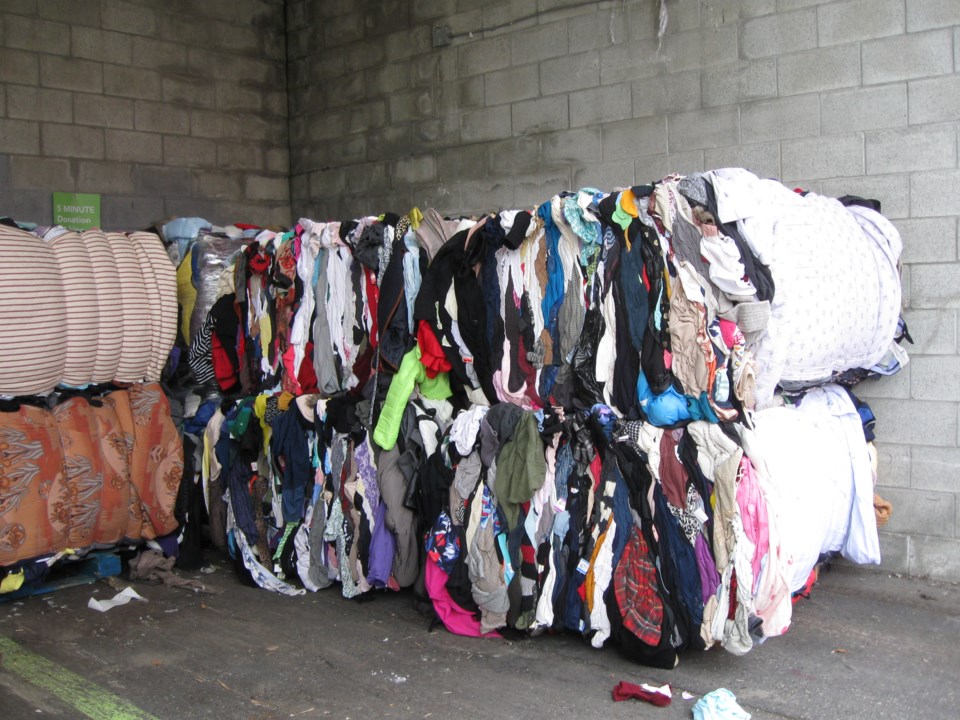Within the space of a few days, a couple of things happened that put textiles at the forefront of my mind. A friend, a Dutch art historian, sent me copies of two articles about Italian Renaissance textiles that she and a colleague had written, which appeared in The Burlington Magazine, a scholarly publication. Then I read a story in The Guardian newspaper that paints a disturbing picture of what actually occurs in our day and age when it comes to recycling textiles. The contrast between Renaissance textiles and modern, discarded, textiles couldn’t be starker – on the one hand we have the finest that nature and human artifice could make, on the other the poorest quality, produced by machines, with chemicals and non-natural substances, which, like plastics, have a long afterlife polluting our planet and threatening our well-being.
During the Renaissance, Italians of the upper classes had their garments tailored from costly textiles, sometimes dyed with expensive colours. The clothes of the lower classes were made of cloth that could withstand lots of wear and tear, woven from plant fibres such as flax or hemp, or coarse wool.
When the rich had worn out or outgrown their fine clothes, they were often handed down to their servants. If the clothes had been cut from particularly exquisite fabric, such as silk, velvet or brocade, embroidered with gold or silver threads, they were often bequeathed to the church, where they could be refashioned to serve another purpose, for instance as altar cloths.
Today’s situation with textiles, especially those used in fast fashion, is appalling. It’s been in the news headlines for years, and the outrage is only intensifying because nothing has been done to solve the problem once and for all. Solutions need to tackle the source. So far they’re only struggling – unsuccessfully – to contain the damage. Too many clothes, especially cheap, fast fashion items, are being produced. “According to the United Nations Economic Commission for Europe, the fashion industry is the second biggest user of water on the planet and produces 10 percent of worldwide carbon emissions.”
The Guardian article cited above includes pictures of the beaches of Ghana and the landscape of the Atacama desert in Chile strewn with unusable used clothes. Imagine what this pollution is doing to our environment. Africa, Asia and other poor countries in the southern hemisphere are the dumping ground for the textile wastes we in the northern hemisphere are producing. We call it recycling, but about 99 per cent of those discarded textiles can’t be recycled and end up suffocating and poisoning our planet.
If we can’t – yet – stop the industry from overproducing clothes, we can at least make an effort to buy fewer and better quality clothes that won’t be fast-tracked to the recycling bin. France is to be praised for what it’s doing to help people shrug off their throw-away mentality. As of October 2023, the French government pays its citizens a so-called repair bonus to have their clothes and shoes mended at workshops that participate in the scheme.
Nowadays, when we talk about clothes, textile (from the Latin texere, to weave) is not the term we generally use. The words fabric and material are more common. You might not suspect it, but the etymology of fabric and material shed light on the problem we’re having with the industrial overproduction of clothes. Fabric entered the English language in the fifteenth century. It has its roots in the Latin fabricare, meaning to make, construct, build. By the early seventeenth century fabric referred to something made, a structure of any kind. By the end of the eighteenth century (at the height of the Industrial Revolution), fabric had come to denote a woven or felted cloth.
Cotton, silk and wool, which up to a hundred years ago were the fibres most often used to weave textiles, derive from plants or animals. They come from nature, and they decompose and return to nature when their lifespan ends. But in the first half of the twentieth century, synthetic fibres were invented – nylon in 1931, acrylic in 1950 and polyester in 1953. Where do these fibres finish up when their lifespan or usefulness ends? They can’t decompose. They hang around in our oceans, on our lands, even as tiny particles in the air – always polluting.
Sabine Eiche is a local writer and art historian with a PhD from Princeton University. She is passionately involved in preserving the environment and protecting nature. Her columns deal with a broad range of topics and often include the history (etymology) of words in order to shed extra light on the subject.



